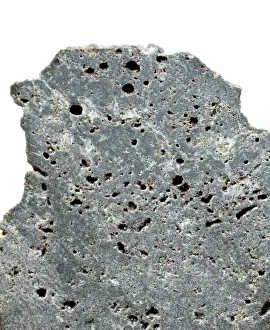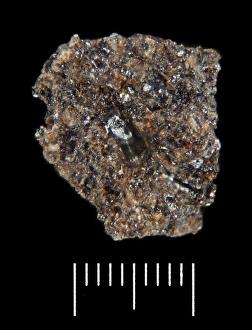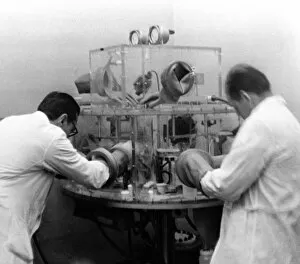Moon Rock Collection
"Unveiling the Secrets of the Moon
All Professionally Made to Order for Quick Shipping
"Unveiling the Secrets of the Moon: A Glimpse into Lunar Basalt with Apollo 17's Moon Rock" This captivating SEM image showcases a remarkable piece of lunar history – a moon rock sample collected during the Apollo 17 mission. Created by NASA, this fragment is composed of lunar basalt, offering valuable insights into our celestial neighbor. Another fascinating specimen, brought back to Earth by the American Apollo 14 astronauts in 1971, adds to our understanding of the moon's composition. These precious samples provide scientists with an opportunity to study its geological features up close. The significance of these moon rocks cannot be overstated. They were among several fragments retrieved by the American Apollo 11 astronauts during their historic mission last July. Each fragment holds clues about our cosmic origins and helps unravel mysteries surrounding lunar formation. Not only have these fragments piqued scientific curiosity, but they also serve as symbols of human achievement and exploration beyond Earth's boundaries. Their return marked a monumental milestone in space exploration history, and is worth noting that Soviet experiments on lunar soil conducted in 1970 further contributed to our knowledge about these extraterrestrial materials. The collaborative efforts between nations have propelled us forward in uncovering the secrets held within moon rocks. As we continue to explore outer space and push technological boundaries, it is essential to appreciate these tangible remnants from another world. During his visit at the Space Symposium in April 2019, NASA Administrator Jim Bridenstine had an opportunity to witness firsthand how these extraordinary specimens captivate imaginations and inspire future generations. Moon rock fragments like these are not just mere stones; they represent humanity's insatiable thirst for discovery and remind us that there is still so much left unexplored beyond our planet's atmosphere.












